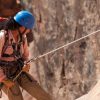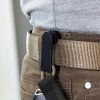Sports & Travel
A Guide to the Essential Protective Gear for Biking
Whether you’re riding on busy streets or hitting the trails, you should have the right protective gear with you. These items make all the difference when it comes to preventing injuries and keeping you safe on the road. In this short guide, I’ll break down the essential protective gear you need to stay safe while biking and provide some tips on how to choose the right gear for your needs.
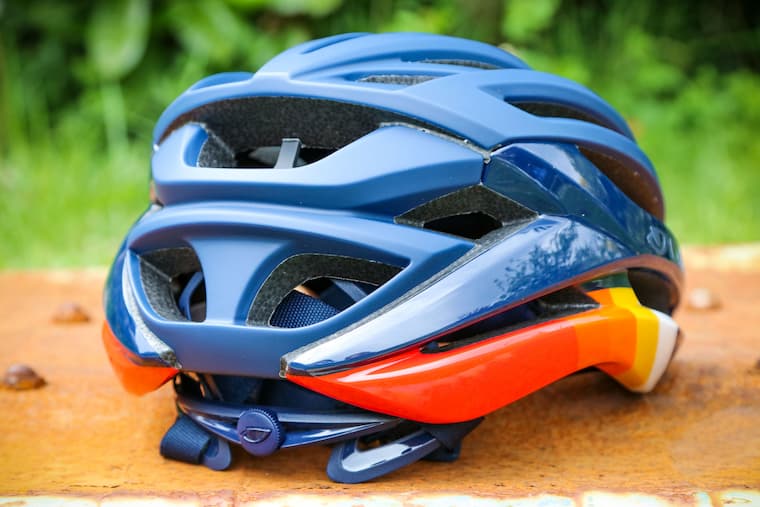
Helmets
To protect your head from injury when moving at high speeds, you need lightweight and aerodynamic road cycle helmets. These are specifically designed with features that cater to the needs of road cyclists. They have a streamlined design that helps reduce wind resistance and makes the ride more comfortable. They also include features like adjustable fit systems, ventilation to keep your head cool during hot weather, and in-mold construction for added durability and strength.
Some road bike helmets feature MIPS (Multi-directional Impact Protection System) technology, which is a type of construction that’s designed to reduce rotational forces in the event of a crash. This is particularly important for road cyclists, who are more likely to experience crashes at high speeds.
It’s important to note that not all road cycle helmets are created equal and that choosing the right one for your needs is crucial. When shopping for one, make sure to consider factors such as fit, ventilation, and safety features. It’s also important to make sure the helmet is certified by a recognized safety organization.
Do You Have to Wear a Biking Helmet?
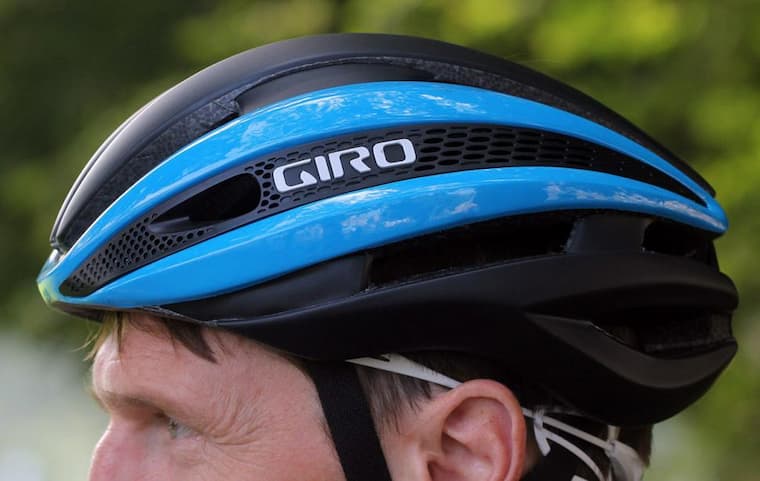
In many places around the world, wearing a road cycle helmet isn’t required by law. However, in Australia and New Zealand, it’s mandatory for cyclists to wear helmets when riding on public roads. These protective items can greatly reduce the risk of head injuries in the event of an accident.
It’s important to note that not all models are created equal, and it’s crucial to choose a road bike helmet that meets safety standards and is the right size and fit for your head. It should sit snugly on your head and cover the top of your forehead while leaving enough space for you to comfortably wear glasses or sunglasses.
Knee and Elbow Pads
While a helmet is the most important safety gear for any cyclist, knee and elbow pads provide additional protection in case of a fall or accident. When biking, your knees and elbows are particularly vulnerable to injury. If you fall off your bike, you’re likely to use your hands to break your fall, which can cause scrapes and bruises on your elbows. Similarly, your knees are at risk of injury if you hit the pavement, rocks, or other hard surfaces.
Knee and elbow pads help protect these areas of your body and reduce the risk of injury. They’re made from lightweight materials that absorb shock and reduce the impact of falls. They also typically have a hard outer shell that protects your joints from scrapes and bruises, while the inner padding absorbs the impact and provides cushioning.
The good news is that these pads are relatively inexpensive, and you can easily wear them over your regular clothes or cycling gear. They come in a variety of sizes and designs, so you can choose the ones that fit you best and match your personal style.
Gloves
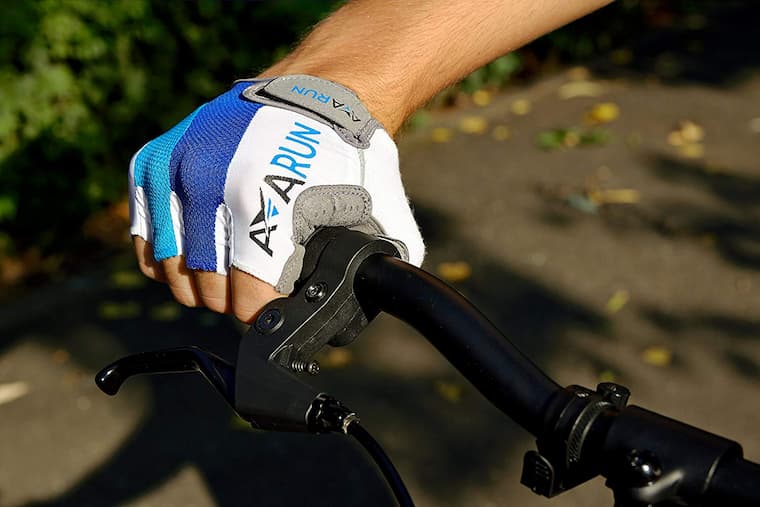
When you’re out cycling, your hands are constantly exposed to the elements and can be susceptible to a range of injuries. Cycling gloves are designed to protect your hands from a variety of hazards, including blisters, cuts, scrapes, and even serious injuries like road rash. They’re usually made from durable, breathable materials like leather or synthetic fabrics, and they’re comfortable to wear for extended periods.
One of the biggest benefits of cycling gloves is that they provide extra grip on your handlebars, which can be particularly helpful if your hands get sweaty or if you’re riding in wet conditions. This can help you maintain control of your bike and prevent accidents.
Cycling gloves also help to absorb shock and reduce vibration, which is particularly important for road cyclists or mountain bikers who spend long hours on bumpy roads and trails. The padding inside can help reduce the impact on your hands and wrists, which prevents fatigue and reduces the risk of injury.
Lights
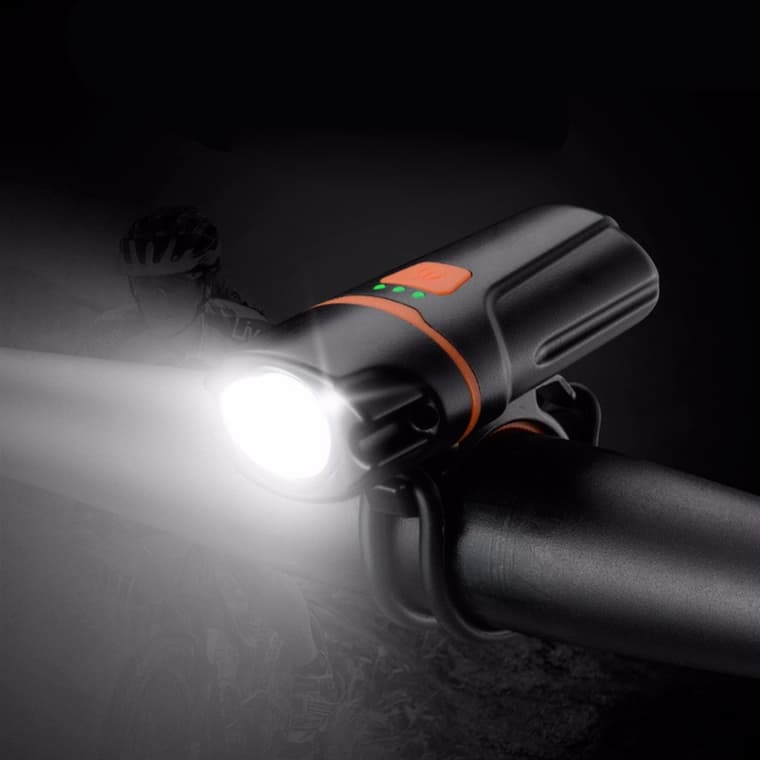
Similar to LED automotive lights, bike lights are a really important piece of protective equipment, especially if you’re riding at night or in low-light conditions. When you’re out on the road, you need to be visible to other road users, and lights help ensure that you’re seen and safe.
In fact, in many places around the world, including Australia, it’s actually a legal requirement to have them on your bike if you’re riding at night. But even if it’s not mandatory where you live, it’s still a good idea to invest in this protective gear to help keep you safe.
Bike lights come in a range of styles and designs, but they all serve the same purpose: to make you visible to others on the road. On the front, they’re usually mounted on the handlebars and provide illumination of the road ahead, while rear lights are mounted on the seat post or rear rack and they make you visible from behind.
Writing for the blog since 2012, Chris simply loves the idea of providing people with useful info on business, technology, vehicles, industry, sports and travel – all subjects of his interest. Even though he sounds like quite the butch, he’d watch a chick flick occasionally if it makes the wife happy, and he’s a fan of skincare routines though you’d never have him admit that unless you compliment his impeccable skin complexion.






